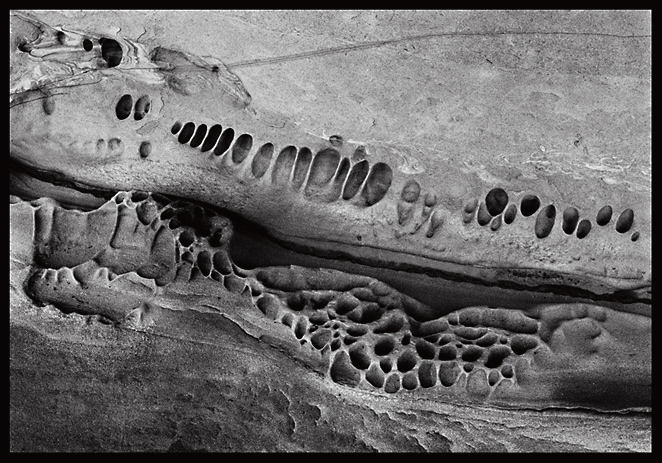ScuplturedCoast#1
-
A
- sanking
- Location
- Gulf Islands, BC
- Equipment Used
- 5X7 Nagaoka
- Exposure
- 3:00 at f/32
- Film & Developer
- TMY, Pyrocat-HD
- Paper & Developer
- Carbon Transfer Print
- Lens Filter
- None
| Photrio.com contains affiliate links to products. We may receive a commission for purchases made through these links. To read our full affiliate disclosure statement please click Here. |
PHOTRIO PARTNERS EQUALLY FUNDING OUR COMMUNITY:  |







